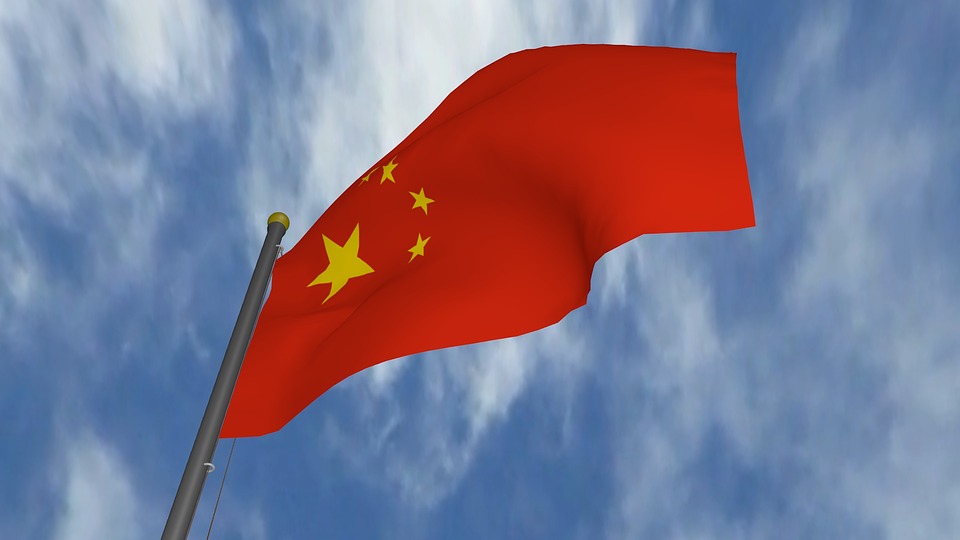 Last week ended up bringing positive data and good news for the yuan traders. In the first place (though this wasn’t entirely good for China), China and the United States finally signed the highly anticipated "phase 1" of a trade deal between on Wednesday. The signing was followed by strong economic data out of China to give the local currency a boost.
Last week ended up bringing positive data and good news for the yuan traders. In the first place (though this wasn’t entirely good for China), China and the United States finally signed the highly anticipated "phase 1" of a trade deal between on Wednesday. The signing was followed by strong economic data out of China to give the local currency a boost.
As we already know, President Donald Trump and senior Chinese officials signed the "phase 1" of the trade deal, making a first step towards solving a 18-month trade feud that has shaken the world's economy and disrupted global supply chains in a significative way.
However, many received the deal signing with only mild optimism, since the 86-page document barely asses the core problems that caused the feud and doesn't remove tariffs completely, paving the way for the negotiation and requiring a signing of "phase 2" at some point. What we know about this first phase is that China pledged to increase its purchase of American goods over the next two years, and to several enforcement mechanisms, including cutting tariffs over about US 120 billion in Chinese exports, and canceling tariffs that were scheduled to take effect in December.
Several core issues were not assessed in this stage of the deal at all. For example, the document doesn't deal with the massive amount of subsidies (around 3 percent of its GDP) that the Chinese government grants to Chinese businesses, which is a never ending source of bitterness in the international trade arena. Despite mentioning opening up the Chinese financial sector to foreign investors, it doesn't establish clear mechanisms that would make it possible, and it does not put a clear end to the US pressure over the giant Chinese company Huawei.
The truth is that Trump's crusade, whose main purpose is holding the Chinese accountable and ensuring what he calls "economic justice" and "security" for American families and farmers, is likely to continue in 2020. It's still not clear whether the Chinese government, which has repeatedly disregarded its commitments in the past, will end up being a credible partner this time. If China doesn’t meet the demands placed upon it, the agreement may collapse. This fact, as well as the anticipation, were behind the currency market's indifference to the event.
A Look at the Numbers
Regarding the Chinese economic data, economic growth remained aligned with expectations, as Chinese GDP ended up growing 6.1 percent in 2019, the lowest figure in 26 years, and a sharp fall from 2018's 6.6 percent. The quarterly gross domestic product remained steady at 1.5 percent.
However, industrial production data set a positive tone in the markets, as it unexpectedly rose 6.9 percent in 2019, against the previous year's 6.2 percent. Retail sales remained steady, also unexpectedly, at 8 percent. The markets also expect the Chinese government to continue with its economic stimulus program this year, as they foresee further cuts in the reserve ratio requirements and in the cash rates.
The yuan advanced last week, gaining around 1 percent and closing in the positive territory on Friday's session. On the other hand, the Australian dollar (a well-known proxy for China) struggled, closing in the negative territory at the end of the week.
Now traders are eyeing the People's Bank of China's upcoming release of its interest rate decision, which is taking place on Monday
